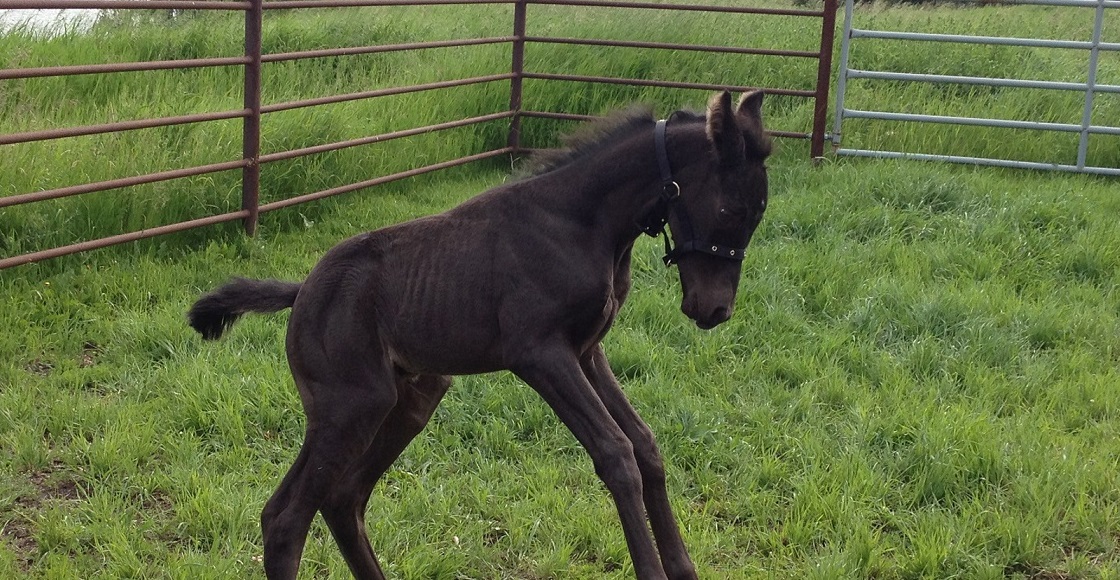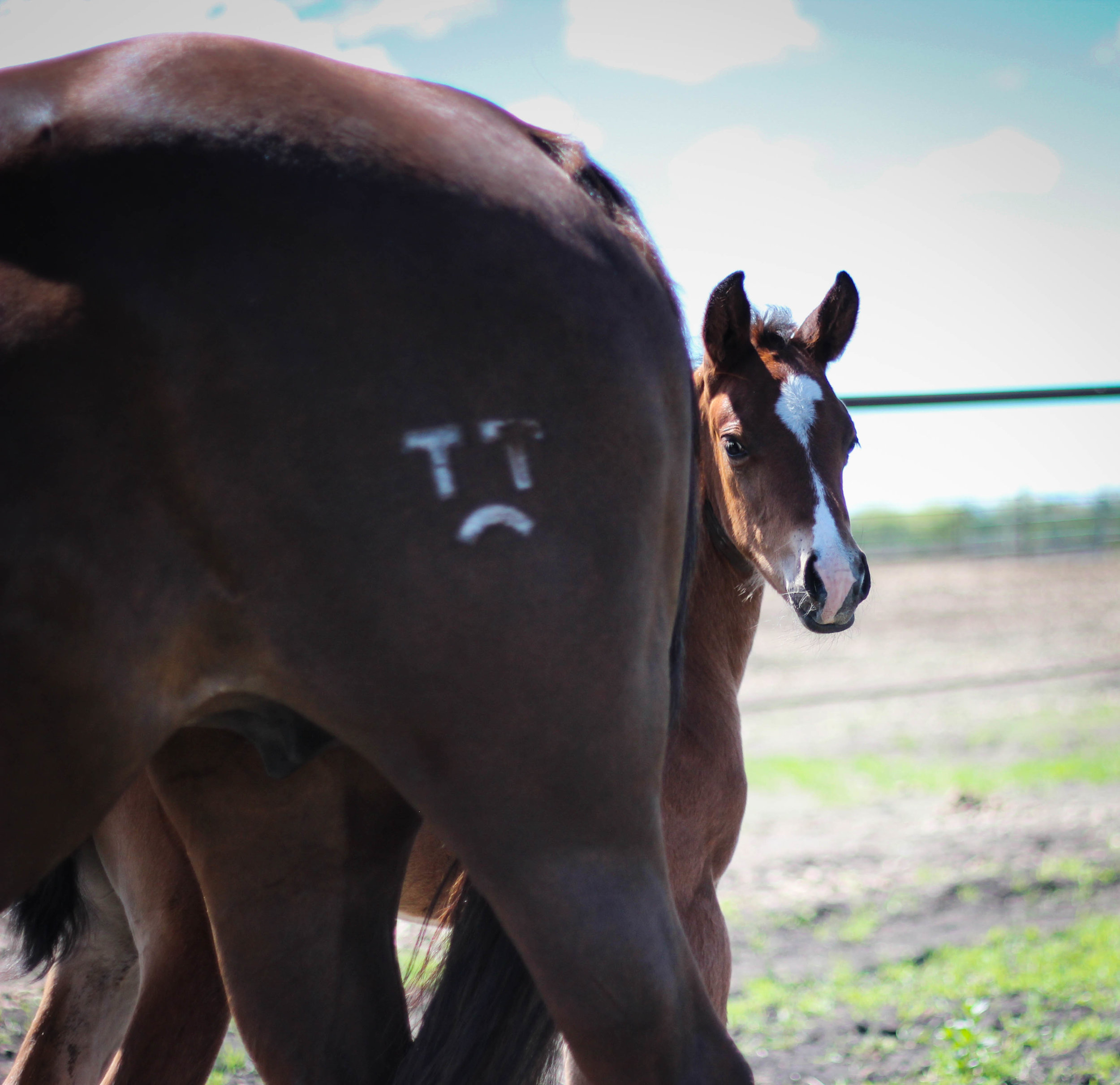
REPRODUCTION
We are gearing up for the 2025 season!
Whether you’re approaching this season with prior breeding experience, or this is your first time breeding your mare, or collecting your stallion, we are here to help.
Burwash Equine Services has been a forerunner in equine reproduction for over 40 years. We offer mare cycle management, breeding to cooled and frozen semen, embryo transfer, pregnancy checks, and collecting stallions for both shipped cooled and frozen semen.
BREEDING MARES
We are accepting mares for the 2025 season!
If this is of interest to you, please give our clinic a call to talk with our reproduction team.
EMBRYO TRANSFER
We are excited to offer embryo transfer!
If this is of interest to you, please give our clinic a call to talk with our reproduction team.
STALLIONS STANDING AT BURWASH EQUINE
We feel incredibly fortunate to work with so many wonderful stallions and stallion owners.
If you have a mare you’d like to breed, take a look at our full list of stallions standing at our reproduction center for the 2025 season.
FROZEN SEMEN
If you are interested in frozen semen for your mare, take a look at the stallions and stallion owners we have the priviledge of working with!















